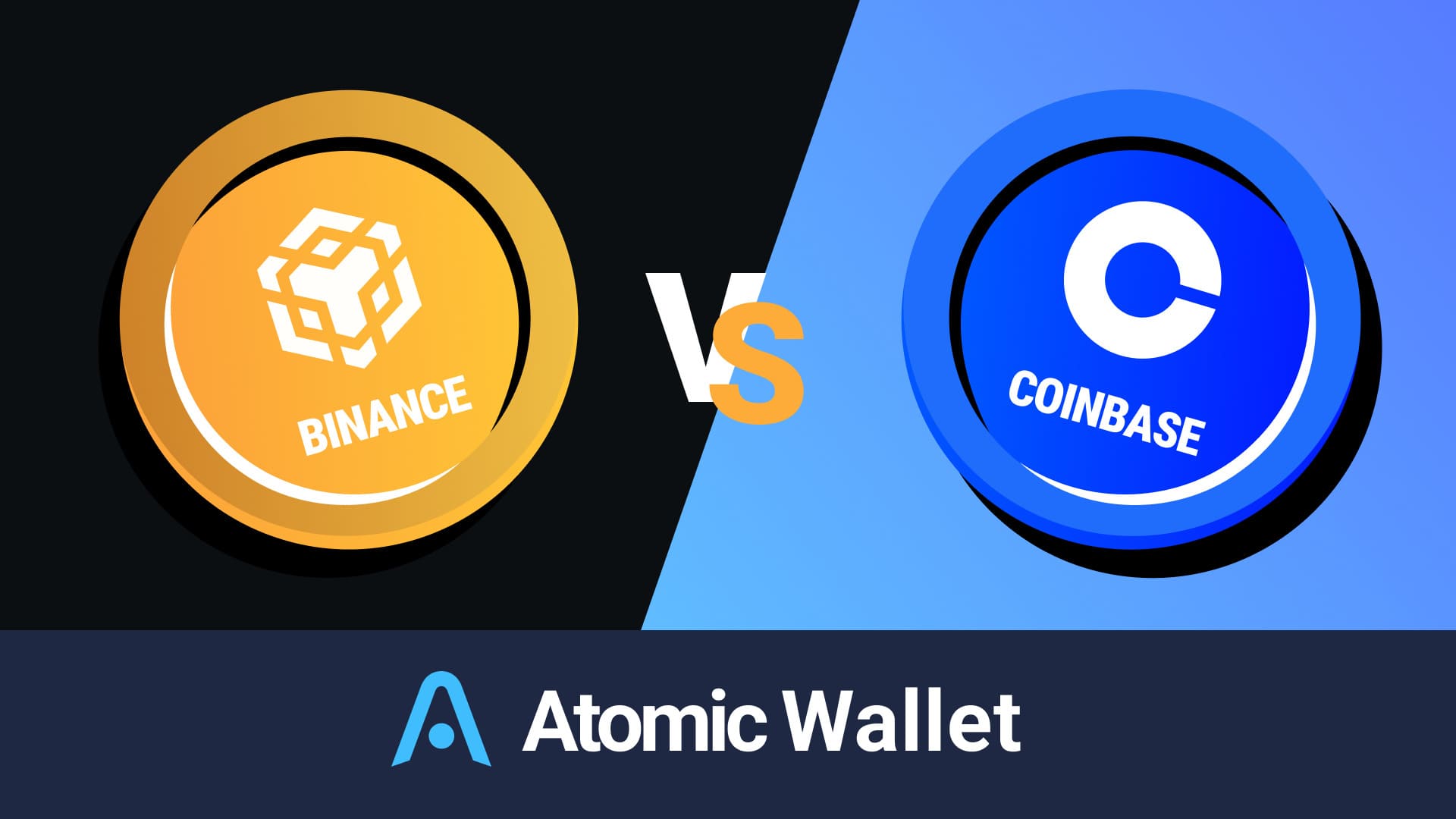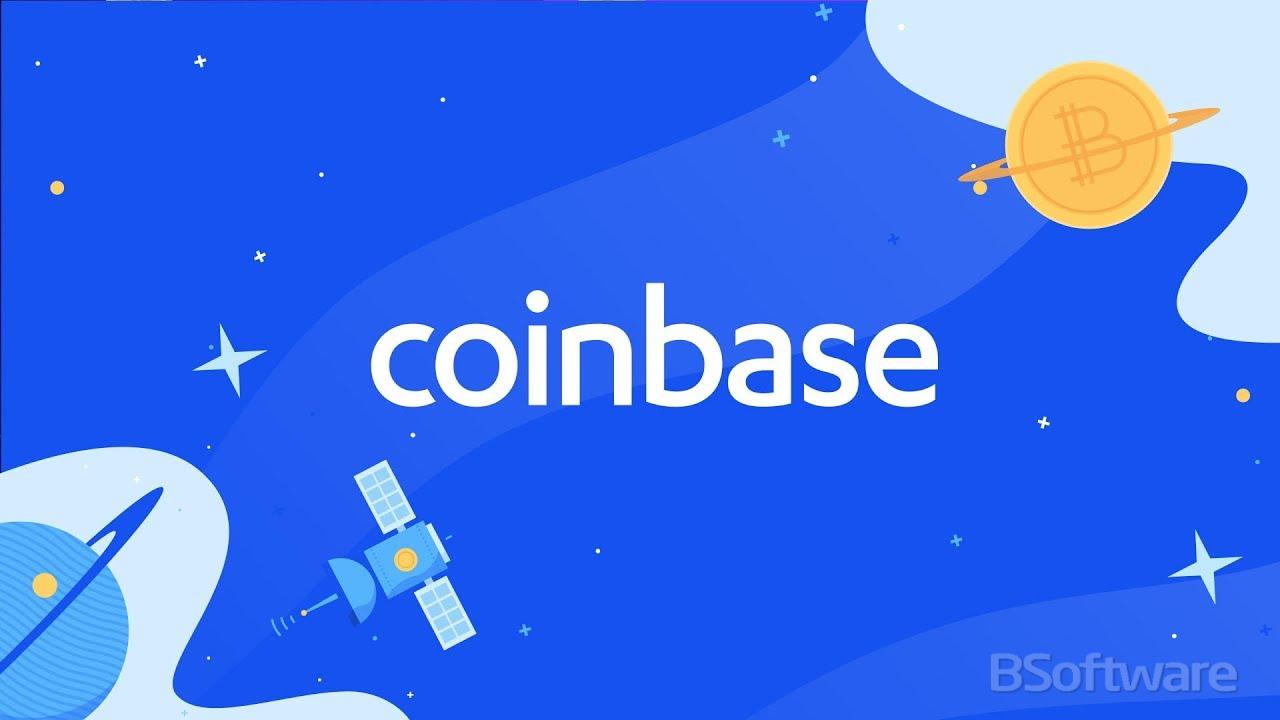Whether Coinbase is better than Binance depends on the user’s needs: Coinbase is more user-friendly and focused on regulatory compliance, making it ideal for beginners and those prioritizing security. Binance offers lower fees, a wider range of cryptocurrencies, and advanced trading features, catering to experienced traders looking for variety and lower costs.

Comparing User Interface and Experience
The user interface and experience are critical factors that distinguish Coinbase and Binance, affecting their accessibility to beginners and the efficiency for advanced traders. Here’s how these platforms compare in these key areas.
Ease of Use for Beginners
- Coinbase: Known for its simple, intuitive interface, Coinbase is designed with the beginner in mind, making it easy for users to buy, sell, and manage their cryptocurrency portfolio without being overwhelmed by complex trading options.
- Binance: While Binance offers a more comprehensive suite of trading tools and features, its interface can be intimidating for new users. However, it does provide a “Basic” trading setting to help ease beginners into the platform.
- Educational Resources: Both platforms offer educational resources, but Coinbase’s “Learn and Earn” program specifically targets newcomers with simple tutorials and rewards for learning about cryptocurrency.
Advanced Trading Features
- Coinbase Pro: For those seeking more advanced trading features, Coinbase offers Coinbase Pro, which includes detailed charts, order books, and types of orders, catering to more experienced traders.
- Binance: Offers a wide array of advanced trading features right off the bat, including futures and options trading, margin trading, and a vast selection of order types, making it a go-to for seasoned traders.
- Customization and Control: Binance provides greater customization options and control over trading strategies, appealing to traders with specific needs and preferences.
Mobile App Functionality
- Coinbase App: The Coinbase app mirrors the simplicity of its web interface, providing a straightforward experience for monitoring the market, managing cryptocurrencies, and executing trades on the go.
- Binance App: Offers a robust mobile app that includes most of the advanced features found on its website. While feature-rich, the app can be complex for newcomers.
- User Ratings and Reviews: Both apps are highly rated, but Coinbase tends to be favored for its user-friendly design, while Binance is praised for its comprehensive features and tools.
Security Measures and Trustworthiness
When evaluating cryptocurrency exchanges like Coinbase and Binance, security measures and trustworthiness are paramount considerations. Each platform employs a range of protocols to safeguard user assets and comply with regulatory standards, influencing their reputation in the crypto community.

Security Protocols
- Coinbase: Implements state-of-the-art security measures including two-factor authentication (2FA), biometric login for mobile devices, AES-256 encryption for digital wallets, and the majority of customer funds stored in cold storage.
- Binance: Also emphasizes robust security protocols, such as 2FA, device management, address whitelisting, and its Secure Asset Fund for Users (SAFU) to cover potential losses from security breaches.
- Security Breach History: Both platforms have faced security challenges. Coinbase has maintained a strong security record with no major customer fund thefts. Binance has experienced a significant security breach in 2019 but has since taken extensive measures to enhance its security and compensate affected users.
Regulatory Compliance
- Coinbase: Known for its strong emphasis on regulatory compliance, Coinbase is licensed to operate in many jurisdictions and actively works with regulators to ensure adherence to financial laws and guidelines.
- Binance: Faces more scrutiny and regulatory challenges, with a more complex relationship with regulators worldwide. Despite this, Binance is taking steps to improve its regulatory stance by establishing regional headquarters and seeking licenses where required.
- Global Compliance Efforts: Both platforms are increasing their efforts to comply with global regulations, including Anti-Money Laundering (AML) and Know Your Customer (KYC) protocols, to enhance user security and trust.
Trust and Reputation
- Coinbase: Has built a reputation for trust and reliability, often cited as one of the most reputable exchanges in the cryptocurrency space, partly due to its user-friendly platform, security measures, and compliance with regulatory standards.
- Binance: Despite facing regulatory hurdles, Binance has maintained a strong reputation among its users for offering a wide range of services, competitive fees, and rapid transaction processing. Its commitment to security and user compensation has helped recover and maintain user trust.
- Community Trust: User reviews, online forums, and cryptocurrency communities often discuss the trustworthiness of exchanges. Coinbase generally receives praise for its security and compliance, while Binance is commended for its resilience, innovation, and efforts to improve security and regulatory relationships.
Cryptocurrency Selection and Availability
The range and availability of cryptocurrencies offered can significantly impact a user’s choice between Coinbase and Binance. These platforms differ in their approach to listing new assets, liquidity, and trading volume, catering to diverse investor needs.
Range of Available Cryptocurrencies
- Coinbase: Known for its selective approach to listing cryptocurrencies, Coinbase focuses on regulatory compliance and user safety, offering a more limited but curated selection of high-quality assets. This approach appeals to users seeking a straightforward, less risky investment path.
- Binance: Offers a vast array of cryptocurrencies, including major coins, altcoins, and tokens from newer projects, catering to users looking for variety and the opportunity to invest in emerging assets. Binance’s extensive selection is a key advantage for users interested in exploring a broader market.
Liquidity and Volume
- Coinbase: Despite offering fewer cryptocurrencies, Coinbase boasts high liquidity and trading volumes for its listed assets, largely due to its large user base and appeal to both beginners and experienced investors. This ensures that users can execute trades quickly and at predictable prices.
- Binance: As one of the largest cryptocurrency exchanges globally, Binance offers exceptional liquidity and trading volumes across its extensive range of assets. This is particularly advantageous for users trading in less common cryptocurrencies or engaging in high-volume trading.
Listing New Cryptocurrencies
- Coinbase Listing Process: Coinbase has a rigorous listing process that evaluates cryptocurrencies based on several criteria, including security, compliance, and market demand. This process tends to be slower, reflecting the platform’s conservative approach to expansion.
- Binance Listing Process: Binance is known for its more aggressive listing strategy, adding new cryptocurrencies more frequently. This approach allows users early access to a wider range of assets, although it comes with increased risk from less vetted projects.
- Community Involvement: Binance sometimes engages its community in the listing process through votes or feedback mechanisms, adding a layer of user participation in deciding new listings.
Fee Structures and Costs
Understanding the fee structures of Coinbase and Binance is crucial for users to manage their investment costs effectively. Each platform has its own approach to trading and non-trading fees, impacting the overall cost of cryptocurrency transactions.
Trading Fees Comparison
- Coinbase: Generally has a higher fee structure for trades, using a tiered system based on the transaction amount. It charges a flat fee for small transactions and a percentage fee for larger transactions, which can be higher compared to other exchanges.
- Binance: Known for its competitive trading fees, Binance operates on a maker-taker fee model with fees starting much lower than Coinbase. Binance also offers additional discounts for holders of its native Binance Coin (BNB) and for users with high monthly trading volumes.
Non-Trading Fees
- Coinbase: Imposes fees for various non-trading activities, including deposits and withdrawals in fiat and cryptocurrencies. The fee amounts can vary depending on the payment method and the user’s location.
- Binance: Also charges fees for deposits and withdrawals, but these are typically lower than those of Coinbase. Binance’s withdrawal fees vary by cryptocurrency, reflecting the network fee of each blockchain.
Transparency of Fees
- Coinbase: Praised for its transparency, Coinbase provides users with clear information on its fee structure directly on its website and app. Users can easily estimate the fees for each transaction before executing it, which helps in managing costs effectively.
- Binance: Also maintains transparency about its fees, with detailed information available on its website. However, due to its complex fee structure and the wide range of services offered, users may need to spend more time understanding the exact costs associated with their activities.

Both Coinbase and Binance offer different advantages in terms of fee structures, depending on the user’s trading volume, preferred transaction types, and usage of platform-specific tokens for discounts. While Coinbase is straightforward and might be more suitable for beginners despite higher fees, Binance offers a cost-effective structure for high-volume and experienced traders, emphasizing the importance of understanding each platform’s fee policy to optimize trading costs.